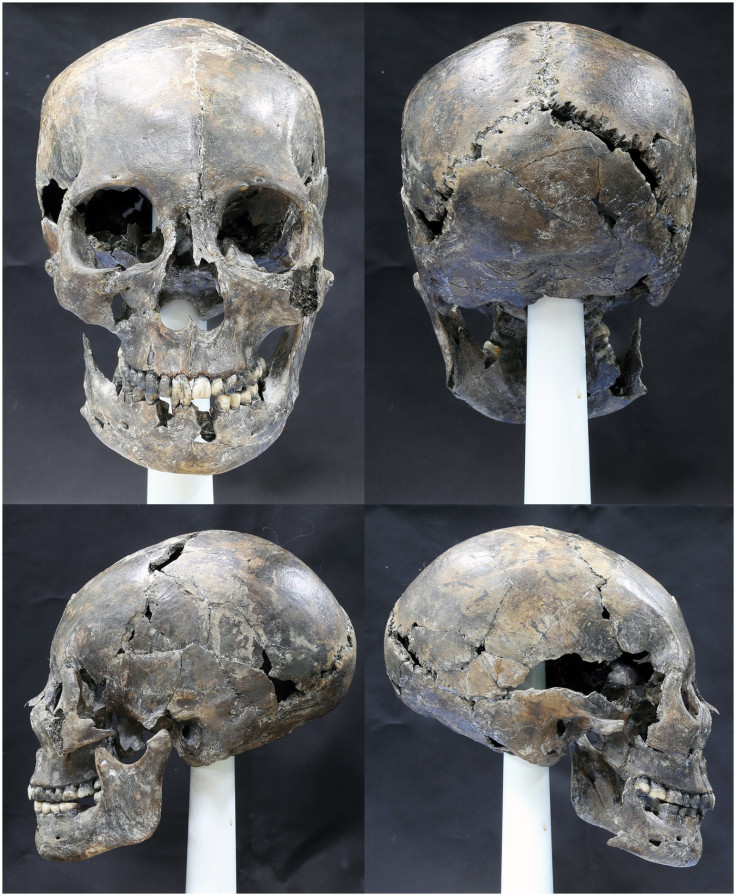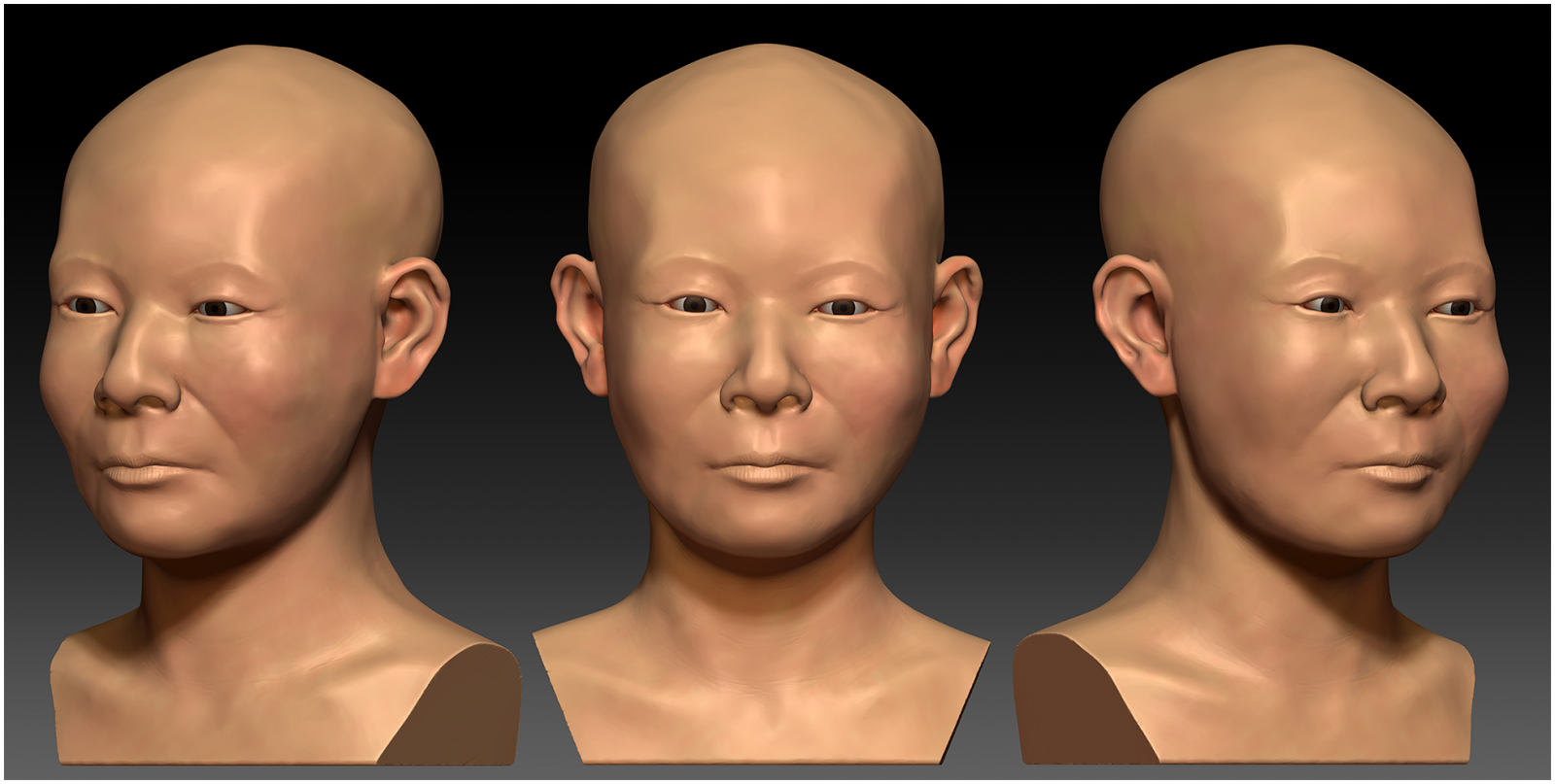Korea: Skeleton with unusually long, narrow skull from ancient Silla Kingdom discovered
Skeleton of female was discovered in a traditional wooden coffin in Gyeongju.
An ancient skeleton with an unusually long and narrow skull has been discovered in Korea. The skeleton of a woman was discovered in a traditional wooden coffin in Gyeongju, the capital of the Silla Kingdom – which rose to prominence and ruled between 57 BC and 660 AD.
The skeleton had been well preserved and scientists were able to date the remains to the 6<sup>th century. She would have been around 155cm in height and died in her late 30s. After reconstructing her skull, however, the team noticed it was morphologically different to other demographic groups of the era. Specifically, her skull was longer and narrower than other skulls dating to this period.
Researchers from South Korea published a study on the discovery in the journal PLOS One. Because tombs are normally found in poor conditions as a result of the weather patterns in Korea, scientists have had few opportunities to study ancient human remains from the Silla period.

Their analysis showed the woman's maternal lineage was typical for East Asia and that she largely had a vegetarian diet consisting of wheat, rice and potatoes. They then reconstructed her skull and face using a 3D computerised modelling system. "The long and narrow cranium and narrower facial shape of the individual in this study should be regarded as an idiosyncratic characteristic of the skull and not a typical feature of East Asians in general or of Koreans in particular," they wrote.
They put forward two hypotheses for the elongated skull. First, they said ancient Koreans living during this period had narrower skulls than those from other civilisations living at the time. The other idea is that the head had been "artificially narrowed in a cultural rite practised at the time". The latter was dismissed, however, as the rest of the skull showed no signs of artificial deformation normally seen.


Researchers said they do not know if long-headedness was a common trait in the Silla Kingdom as it is the only individual they have been able to study. "One individual cannot account for any possible variability of the Silla population relative to others of the same era," they wrote. "Thus, further investigation with significantly more numerous skull samples from the period will be necessary."
However, they also said the findings provide a significant insight into a little-known civilisation: "Understanding the history of the Silla Kingdom from an archaeological perspective is very important, as it remains highly relevant. In fact, much of present-day Korea's cultural heritage is rooted in its traditions ... This study can provide significant information on the ancient Silla people, which is very meaningful not only to academics but also to the general Korean public."
© Copyright IBTimes 2024. All rights reserved.






